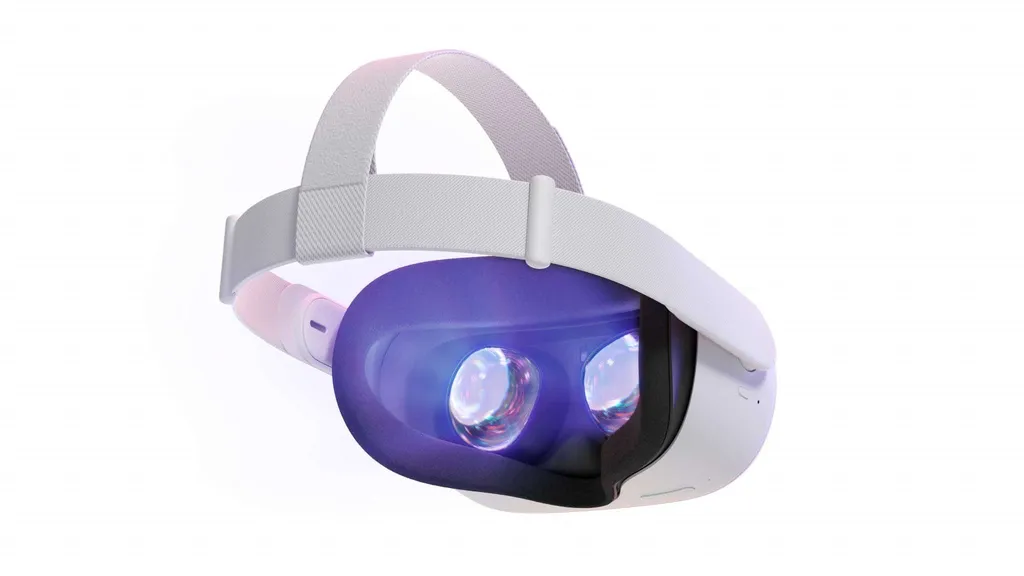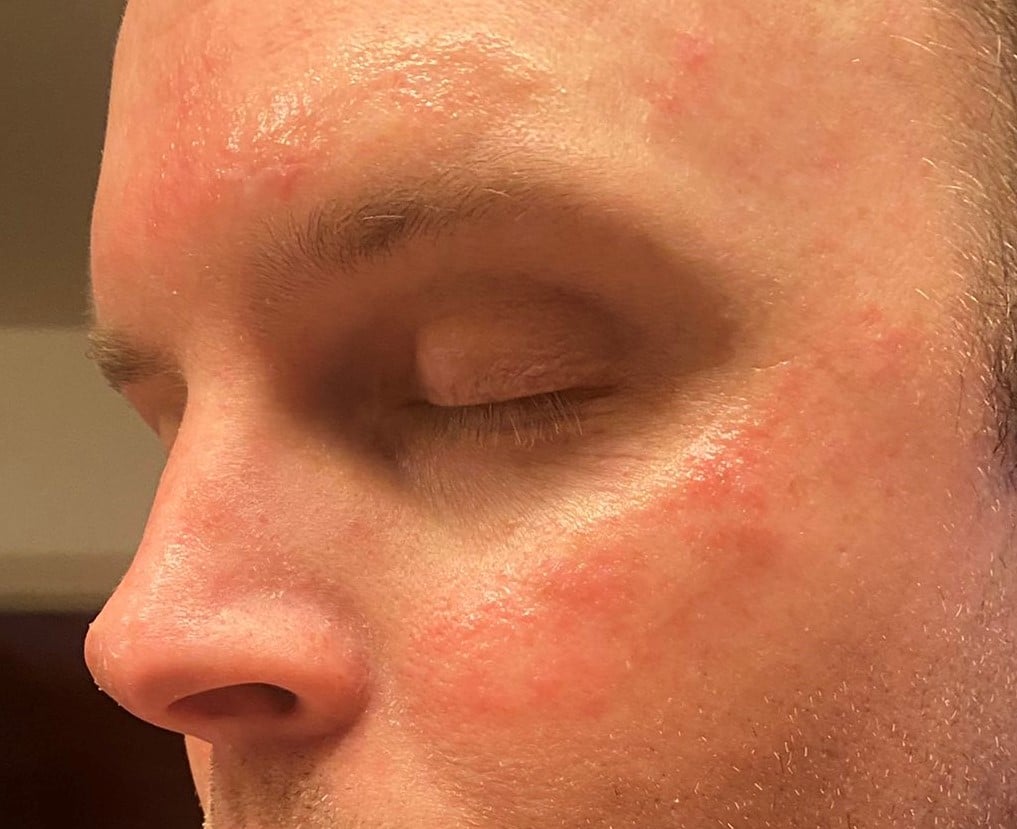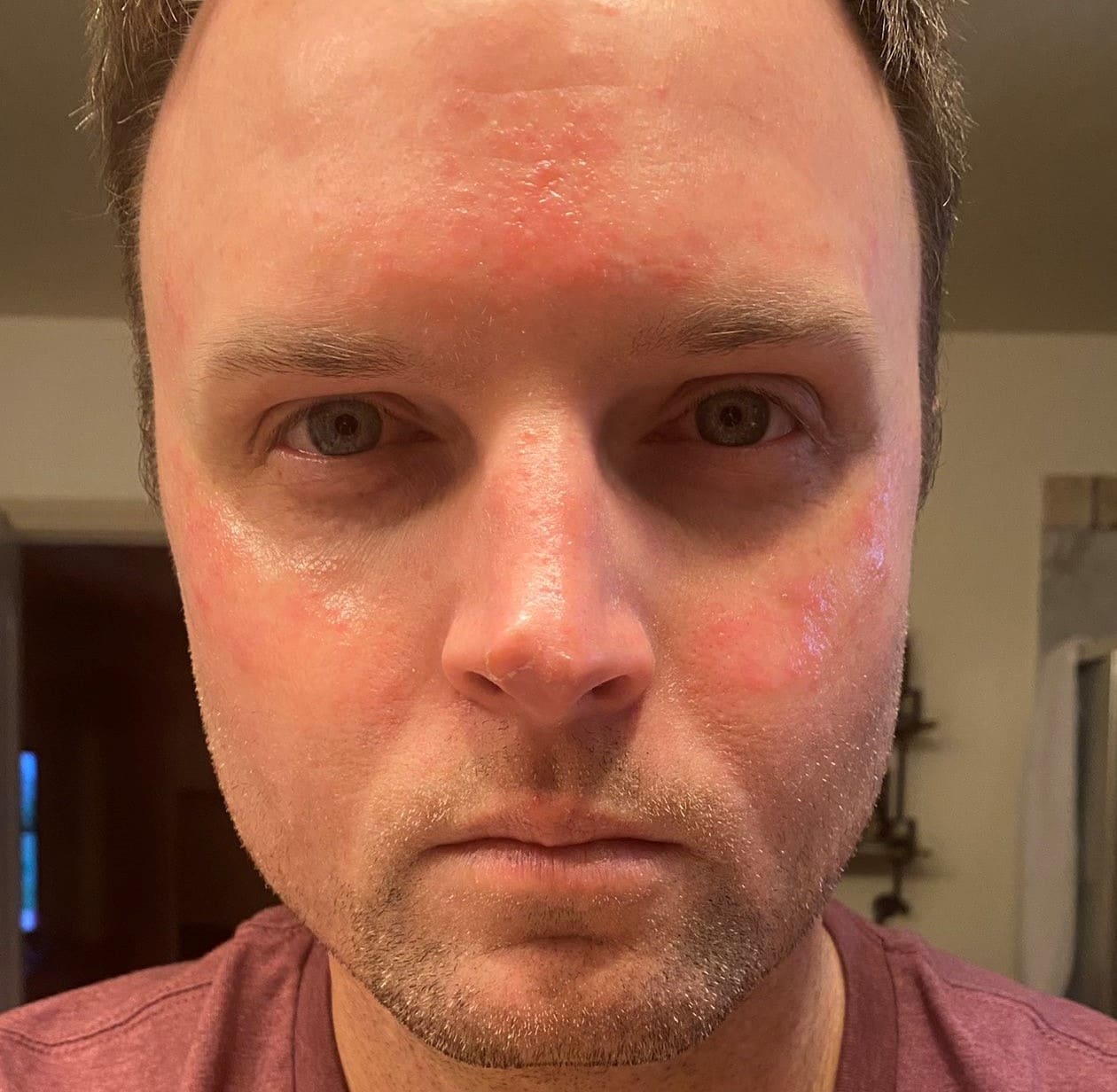Facebook says skin irritation reported by a “very small percentage of Quest 2 users” is “even less likely” after changes to its processes.
We first reported on the issue in December when Facebook said it “received reports of skin irritation from about 0.01% of people using Quest 2.” That was not long after Quest 2 released to buyers and before the issue was widely publicized. Facebook declined to provide for this report a precise updated percentage of those reporting skin irritation with Quest 2, writing to UploadVR over email “while there have been additional reports after we publicly communicated with our customers about this issue, the overall percentage of Quest 2 users who have reported the issue remains very low.”
Irritation ranges from redness to bumps and swelling, with Facebook acknowledging that it was different from the “normal pressure marks” people sometimes have on their face after a session in VR. Facebook promised a replacement facial interface for anyone affected.
Facebook claims Quest 2 is on track to become the first “mainstream” VR headset and it is driving major growth in the company’s non-advertising revenue, but Facebook has never released specific sales numbers for its consumer VR headsets. Lack of solid numbers for total Quest 2 headsets in market as well as the percentage affected by this issue makes it impossible to say how many people are experiencing the issue. We’ve received reports from customers experiencing skin irritation and, even on staff, we’ve noted some skin irritation after using Oculus Quest 2.
In its update on the issue today Facebook posted the following text:
“After conducting a comprehensive investigation into this issue, we did not find any contamination or unexpected substances in our manufacturing process. We identified a few trace substances that are normally present in the manufacturing process which could contribute to skin discomfort, and while these were already at levels below the industry standard, out of an abundance of caution we changed our process to reduce them even further. We’ve confirmed with expert dermatologists and toxicologists that these levels are considered extremely low. While this issue has only been reported by a very small percentage of Quest 2 users, with these changes, we believe that users are even less likely to experience irritation resulting from any substances in the foam facial interface. We encourage any customer who experiences irritation from using Quest 2 to contact Oculus Support for a facial interface replacement.”
Facebook told UploadVR it will provide any customers with a free facial interface upon request if you own a headset manufactured before its process changes went into place on January 4, 2021. According to the company, Quest 2 owners with a headset manufactured after that date can contact Oculus Support for a replacement.
A Quest 2 owner who read our original report said he owns two headsets — one with the issue and one without — and after reporting it to Facebook he’s not been able to get a replacement facial interface. He bought a silicon sleeve online to keep his face from touching the foam, which he says caused the irritation depicted in the following images:
I purchased VR Cover facial interfaces for my Quest 2 headsets at home after experiencing milder irritation than that reported by this person. Facebook’s support website also outlines cleaning guidelines for its headsets.
We’d like to hear from people who have experienced issues with Quest 2’s facial interface so that we can understand the scope of the issue, so please email tips@uploadvr.com with reports and details of your situation. We also encourage you to contact Oculus Support for details about Facebook’s replacement program.


























